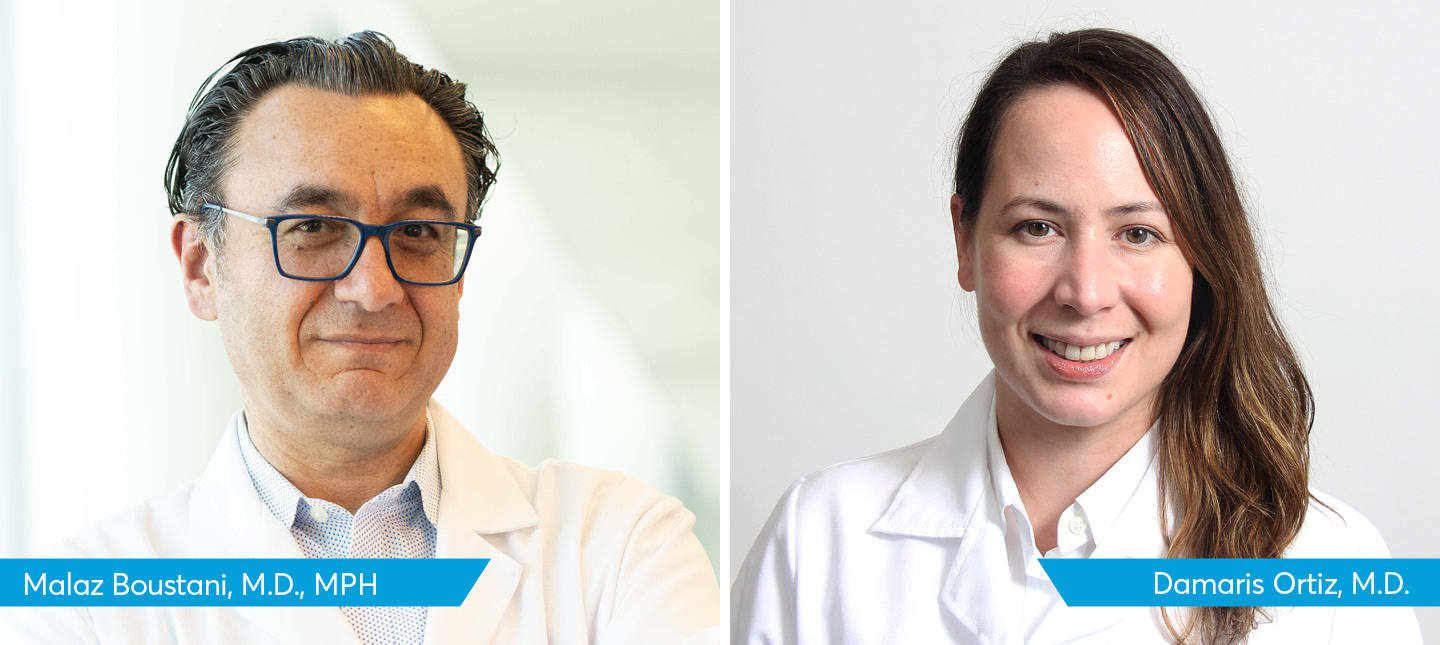Malaz Boustani, M.D., MPH, discusses the weak link in healthcare Journeys for vulnerable populations.
Transcript:
We’ve been identifying the complex biopsychosocial needs of people and families living with Alzheimer’s disease for more than two decades. We understand their journey is complex; we understand they are moving from different sites of care — from home to hospital to nursing home.
We’ve been focusing on these three sites and we identified a weak point in these three sites, which is the transition. So we identified a weak point at transitioning from home to hospital, hospital to home, from long-term care to hospital, hospital back to long-term care.
We have not focused on interhospital transfer as another weak point — transfer from one emergency room to another emergency room. And this study focuses on that vulnerability for those patients and family, and to the best of my knowledge, this is the first study that focuses on that vulnerable segment of caring for this vulnerable population during the most vulnerable part of their journey, which is acute care.
Kathleen Unroe, M.D., MHA, asks: Are all transfers between hospitals really necessary?
Transcript:
Interhospital transfers are common, and we have not done a lot of work to understand what patient populations benefit most from these transfers and are there some that are unnecessary. I think we have a broad assumption that if we transfer someone to another hospital, it’s because they really needed to go.
This paper, this work is asking us to take a step back and to think through whether there are other opportunities to provide needed patient-centered care that could spare people burdensome transitions across settings.
IU Health emergency room physician Nancy Glober, M.D., describes what she sees as an ideal future for interhospital transfers.
Transcript:
In the next generation of transfer centers throughout the United States, I’d like to see a care coordinator that can help facilitate expert, detailed evaluation of patients in a way that leads to a truly comprehensive discussion of risks and benefits and understanding by the patients and families prior to transfer of what their options are. And I think that would facilitate building out other options of care and ways to take care of patients in place when appropriate and when desired by the family and by the patient.









